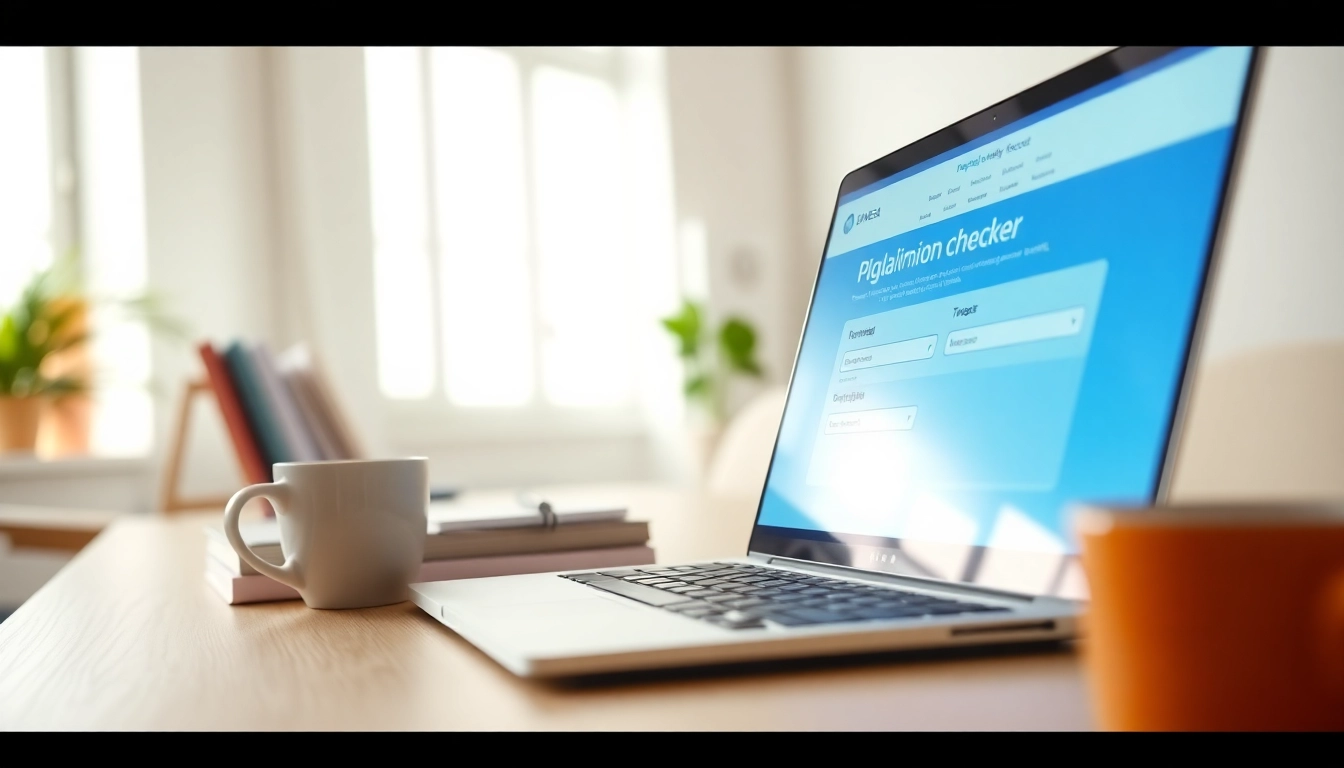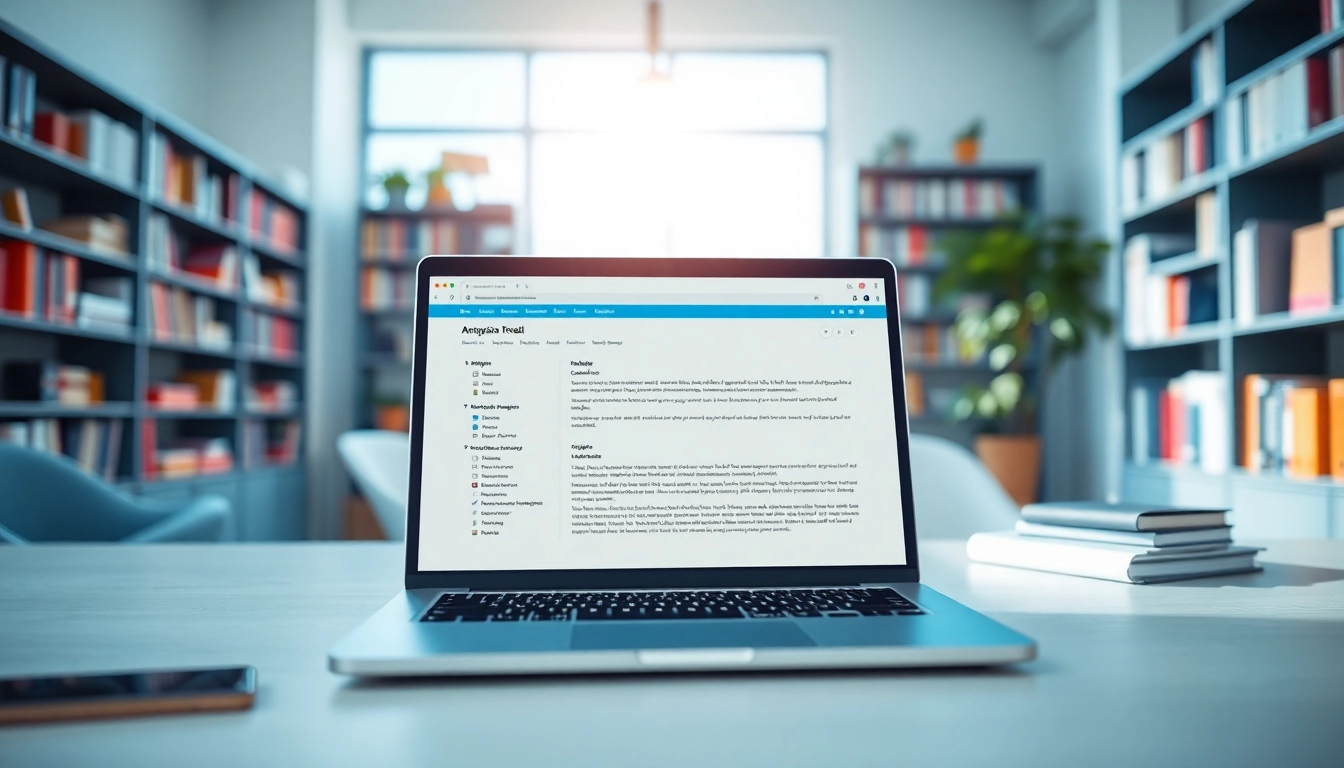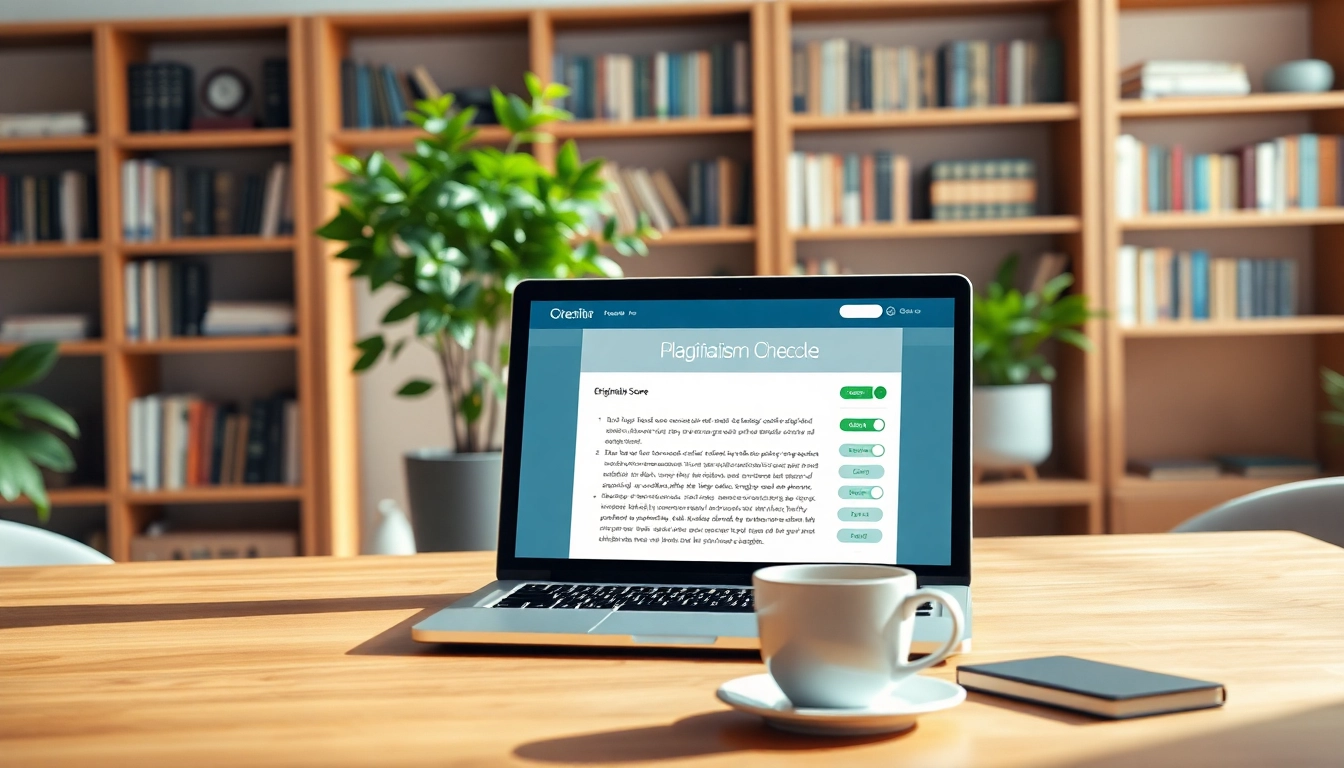Understanding Plagiarism and Its Implications
Plagiarism poses significant ethical and academic challenges across various fields. Understanding plagiarism is crucial for students, professionals, and anyone engaged in creative writing. To address these issues, embracing tools like a plagiarism checker is essential. This article will delve into the nuances of plagiarism, its implications, and the benefits of using plagiarism detection tools.
Definition and Types of Plagiarism
Plagiarism encompasses the practice of utilizing someone else’s work, ideas, or expressions as your own, without giving proper credit. This can occur in various forms:
- Direct Plagiarism: Copying someone else’s text word-for-word without attribution.
- Self-Plagiarism: Reusing one’s previously published work without acknowledgment.
- Patchwriting: Replacing some words in a source text but retaining the original structure and ideas.
- Accidental Plagiarism: Inadvertently failing to cite sources correctly or misquoting them.
Recognizing these types is vital for anyone involved in writing, research, or content creation, as it helps avert ethical breaches and fosters originality.
Consequences of Plagiarism in Academia
Academically, plagiarism can carry severe repercussions. These may include:
- Academic Penalties: Students may face disciplinary actions which can range from receiving a failing grade to expulsion from an educational institution.
- Loss of Reputation: For educators and academics, involvement in plagiarism can tarnish their credibility and professional standing.
- Legal Repercussions: Copyright infringements can lead to lawsuits, resulting in financial liabilities.
The implications underscore the importance of producing unique content and using tools like plagiarism checkers to ensure compliance and integrity in academic and professional work.
How a Plagiarism Checker Helps Avoid Issues
A plagiarism checker serves as an effective tool for identifying potential plagiarism in written work. By scanning documents against extensive databases of existing content, these tools help users identify overlapping text and provide suggestions for citation and revision. Implementing a plagiarism checker can significantly reduce the risk of academic dishonesty, allowing writers to focus on improving the quality and originality of their work.
The Importance of Using a Plagiarism Checker
Why Every Student Needs a Plagiarism Checker
Students, often under pressure to produce high-quality written assignments, can benefit tremendously from plagiarism checkers. With the constant influx of information and resources, it’s easy to unintentionally incorporate ideas or phrases from sources without proper attribution. Plagiarism checkers empower students by:
- Ensuring Academic Integrity: Maintaining original work fosters a culture of trust and respect in educational environments.
- Enhancing Writing Skills: By reviewing flagged sections, students can learn proper citation practices and improve their own writing.
Benefits for Professionals and Content Creators
For professionals and content creators, the stakes can be even higher. Originality is critical to maintaining a brand’s integrity and authority. Benefits of plagiarism checkers for these groups include:
- Protecting Intellectual Property: Avoiding content theft helps maintain ownership, which is essential for creators and businesses.
- Enhancing Quality Control: Regular use of plagiarism checkers can lead to higher quality outputs, reducing the chances of content overlap.
How a Plagiarism Checker Can Improve Originality
Using a plagiarism checker ultimately cultivates originality. By providing feedback on how closely a document aligns with existing content, writers can revise and refine their work. This iterative process not only produces more authentic writing but also encourages critical thinking and creativity in content development.
Choosing the Right Plagiarism Checker for Your Needs
Key Features to Look for in a Plagiarism Checker
With numerous plagiarism checkers available, recognizing which features are critical can guide your selection process. Here are essential characteristics to consider:
- Database Size: A comprehensive database can detect a broader range of potential plagiarism.
- Detection Speed: How quickly the tool scans and returns results can affect workflow efficiency.
- Reporting Capabilities: Detailed reports that highlight matched text and suggest revisions will assist in refining your writing.
- User Interface: A straightforward, user-friendly interface enhances usability, especially for those unfamiliar with such tools.
Pricing Models and Accessibility
Cost structures for plagiarism checkers can vary significantly. Some offer free basic services, while others require subscription plans for advanced features. It’s essential to assess:
- Free vs. Paid Versions: Free checkers may suffice for occasional users, while regular professionals may benefit from premium versions with more comprehensive features.
- Subscription Flexibility: Some services offer monthly, annual, or one-time payment options, allowing users to choose based on convenience and budget.
User Reviews and Comparisons
To make an informed decision, examining user reviews can provide valuable insight into a plagiarism checker’s effectiveness and reliability. Look for testimonials that mention specific use cases, customer support experiences, and overall satisfaction. Comparing features and functionalities across different tools can also help identify which option aligns best with your needs.
How to Use a Plagiarism Checker Effectively
Step-by-Step Guide to Checking Your Work
Utilizing a plagiarism checker effectively involves a systematic approach. Here’s a simplified step-by-step guide:
- Prepare Your Document: Ensure your text is in a compatible format, such as .doc, .docx, or .txt.
- Access the Plagiarism Checker: Navigate to the chosen plagiarism checking software and look for the document upload or copy-paste prompt.
- Run the Check: Start the scan and wait for the software to analyze the content.
- Review the Results: Examine the report to identify any highlighted sections that may require attention.
- Make Revisions: Adjust the content based on the insights provided, ensuring proper citations and rephrasing where necessary.
Interpreting the Results from a Plagiarism Checker
Understanding the output from a plagiarism checker is crucial to implementing changes. Most reports will provide:
- Percentage of Overlap: This indicates how much of your text matches existing sources.
- Identified Sources: A list of documents or webpages where similarities were detected.
- Highlighted Sections: Portions of your text that require revision or citation adjustments.
Assessing these elements allows for targeted revisions and a clearer understanding of potential issues.
Best Practices for Revising Based on Feedback
Once you’ve received feedback from the plagiarism checker, incorporating best practices for revisions can optimize your writing:
- Paraphrase Effectively: Rewrite sections in your own words while preserving the original meaning without mimicking the source’s structure.
- Cite Properly: Whenever using someone else’s ideas or phrasing, ensure that proper citations are made, following the suitable style guide.
- Review Your Work: Always revisit the revised text to confirm that it maintains a coherent flow and remains aligned with your original arguments.
Future Trends in Plagiarism Detection Technology
The Rise of AI in Plagiarism Checkers
Artificial Intelligence (AI) is revolutionizing plagiarism detection by enhancing the accuracy and effectiveness of these tools. With advancements in natural language processing, future plagiarism checkers will likely:
- Increase Detection Accuracy: AI algorithms can analyze context better, distinguishing between fair use and potential plagiarism.
- Provide Real-Time Feedback: As users write, AI-powered tools may offer instantaneous suggestions for improved citation and originality.
Integration with Writing Tools and Platforms
The integration of plagiarism checkers with writing software is another area poised for growth. By embedding plagiarism detection in common platforms, writers can seamlessly check for originality as they compose text. This will promote a proactive approach to maintaining academic and professional integrity.
Ensuring Continuous Improvements in Detection Accuracy
As literature and digital content grow exponentially, so too must the capabilities of plagiarism checkers. Continuous updates to databases and algorithms will be essential for ensuring these tools remain effective against increasingly clever methods of text manipulation. Regularly updating technology will help to counteract evolving plagiarism tactics and maintain the integrity of original work.



